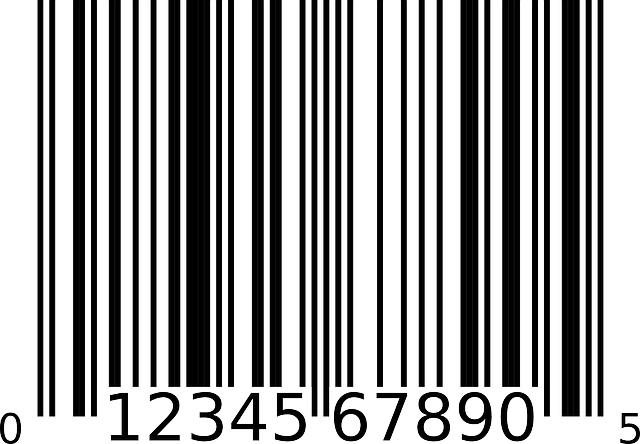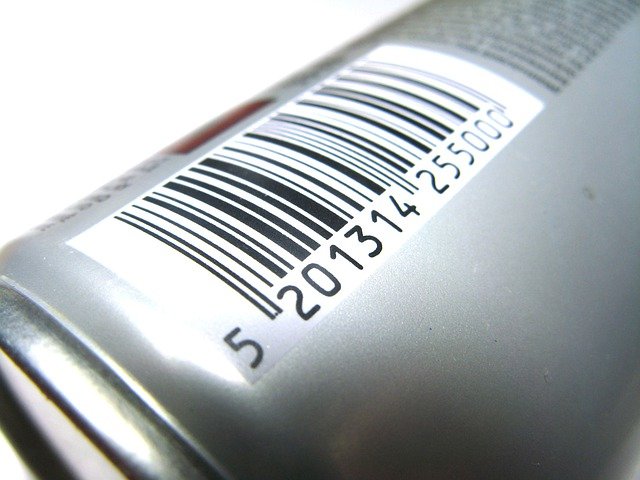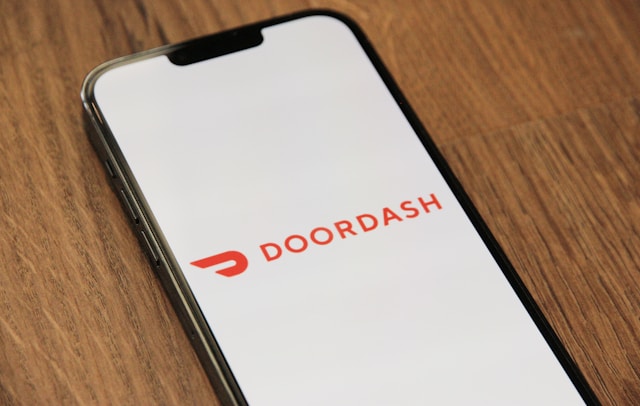Table of Contents
Barcode:
A barcode is a mark composed of a group of regularly arranged bars, spaces, and their corresponding characters to represent certain information.
Code:
A code is a set of one or a group of ordered symbols used to represent objective things. Example: 6901234567892 is a set of codes.
Symbology:
Symbology refers to the type of barcode symbol, each type of barcode symbol is composed of bars and spaces that conform to specific coding rules. Each coding system has a fixed encoding capacity and a specified barcode character set. Such as EAN barcode, UPC barcode, UCC-EAN-128 code, interleaved 25 code, 39 code, 93 code, Codabar code, etc.
Character set:
A character set refers to a collection of letters, numbers, and symbols that can be represented by a barcode symbol of a certain code system. Some of their indicators are numbers, and some can represent numbers as well as letters.
Barcode Density:
Barcode density refers to the number of barcode characters represented by a barcode of unit length.
Continuity:
There is no space between each barcode character, both bars and spaces represent information, and the barcode density is high such as interleaving 25 yards.
Discontinuity:
There is a space between each barcode character, the bar represents information, the blank does not represent information, and the barcode density is low.
Fixed length barcode:
A barcode with a fixed number of barcode characters.
Non-fixed-length barcode:
The barcode itself has verification characteristics. The self-checking feature is determined by the coding structure, and the setter must consider the self-checking function when setting the code system.
There are various types of symbol structures of barcodes:

Common one-dimensional barcodes:
1. EAN – Symbology version: EAN-13, EAN-8 (EAN-8 is a simplified form of EAN-13)
Character range: numbers 0-9
Code system features fixed length, continuous, check code required.
Application scenario: The barcode printed on the packaging of the daily purchased products is generally the EAN code. In addition, books and periodicals have also adopted EAN13 to indicate ISBN and ISSN as special commodities. Our country is assigned to use the ISBN number starting with 7, so the barcodes on the books published by our publishing house all start with 9787.
2. UPC – Symbology version: UPC-A, UPC-B, UPC-C, UPC-D, UPC-E
Character range: numbers 0-9
Code system features fixed length, continuous, check code required
Application scenarios: UPC-A: general merchandise, UPC-B: medicine and health, UPC-C: industrial sector, UPC-D: warehouse wholesale, UPC-E: commodity shortcode. UPC-A and UPC-E are currently mainly used in the United States and Canada
Remarks: UPC-A and UPC-E are more common for commodities. UPC-A barcode is a special form of EAN-13 barcode (the leading position is 0)
3. Code 39 – Character range: numbers 0-9, uppercase English A~Z, “+”, “-“, “/”, “%”, “$”, “.”, and space (Space)
Code system features: indefinite length, non-continuous, self-checking, the start and end characters are fixed as “*”
Application scenarios: Mainly used for automation management of industry, books and tickets, and enterprise custom coding.
4. Code 93 – Character range: numbers 0-9, uppercase English A~Z, “+”, “-“, “/”, “%”, “$”, “.”, and space (Space)
Code system features: indefinite length, continuous, requires 2 check codes, the start and end characters are fixed as “*”
Application scenarios: Mainly used for automation management of industry, books and tickets, and enterprise custom coding. Remarks: Code93 is an improvement of Code39 code
5. Code 128 – Code system version: Code 128A, Code 128B, Code 128C
Character range: all 128 ASCII codes
Code system features indefinite length, continuous, check code required
Application scenarios: widely used in enterprise internal management, production process, logistics control system
Remarks: Corresponding characters of different versions: A (numbers, uppercase letters, control characters) B (numbers, uppercase and lowercase letters, characters) C (double digits)
6. Interleaved 25 – Character range: numbers 0-9
Code system features: indefinite length, continuous, self-checking
Application scenario: identification and management of storage and transportation units
Remarks: Chinese name: staggered 25 yards
7. Industrial 25 – Character range: numbers 0-9
Code system characteristics: indefinite length, non-continuous, need to check code
Application scenario: relatively old code system, almost not used now
Remarks: Chinese name: Industrial 25 yards
8. Codabar – Character range: numbers 0-9, English letters
Code system features: indefinite length, continuous, self-checking
Application Scenario: Mainly used for automatic identification in the fields of the blood bank, medical and health care, library and information, materials, etc.
How to generate Barcode?
There are many websites that provide barcode generation facilities like legalbarcode.com, barcode.tec-it.com, and www.cognex.com. Legalbarcode provides a home delivery facility you just need to enter the details of the barcode and they will print it for you and deliver it to your home.




